Wood is an essential material in our gardens. It’s a valuable resource that provides us with food, shelter, and protection from the elements. Unfortunately, it also attracts some unwelcome visitors – animals who like to eat wood. Knowing what animals eat wood in your garden can help you protect your plants and keep them healthy.
Woodlice
Woodlice are small crustaceans that live in damp woody areas. They feed on dead or decaying wood, but can sometimes also eat living plants. To protect your plants from woodlice, you can apply diatomaceous earth or horticultural oil to the soil around the stems of affected plants. This will kill any woodlice and deter them from coming back.[2]
Wood-Boring Beetles
The most common wood-eating animals you’ll find in the garden are wood-boring beetles. These small pests feed on decaying wood, leaving behind sawdust and holes. To identify these beetles, look for small round holes in your wooden structures such as fences or sheds. If you see a lot of sawdust around the holes, this is a sure sign that wood-boring beetles are present. It’s important to treat any infested wood quickly with an insecticide to prevent further damage.
Voles
Voles are small rodents, often mistaken for mice. They have short legs and rounded ears, and they feed on a variety of plants and woody materials. In gardens, voles like to eat the bark off trees and shrubs as well as roots, bulbs, and seeds. Voles can also damage lawns by creating tunnels in search of food.
Termites
Termites are one of the most common wood-eating animals in gardens. They feed on dead plant matter, such as trees and shrubs, and can quickly destroy wooden structures like fences and decks. To protect your garden from termites, it’s important to keep rotting wood away from your home or any other structures in your yard. You should also make sure to inspect wooden structures regularly for signs of termite activity.
Tapinocephalus
Tapinocephalus is a species of wood-eating beetle native to North America. These beetles are typically found in moist areas such as near water sources and decaying logs. They feed on dead and decaying wood, and they can cause significant damage to wooden structures. To get rid of Tapinocephalus, you should remove any standing or rotting wood from your garden and keep the area clean.[2]
Squirrels
Squirrels are notorious for their love of wood. They are omnivores who eat a diet that includes fruits, nuts, and insects as well as wood.
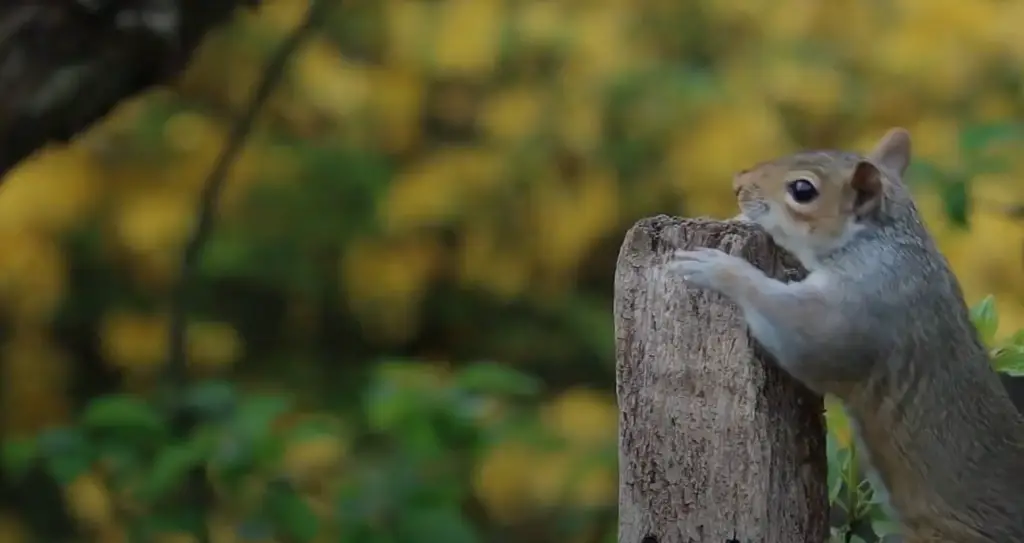
Squirrels usually gnaw on tree bark and branches to access the inner layers which provide them with more nutrition. A squirrel’s diet also includes fungi like mushrooms, lichens, and mosses which grow on trees and shrubs.[1]
Spotted Lanternfly
The Spotted Lanternfly is a species of insect native to Asia that has recently become an invasive pest in the United States. It feeds on a variety of plants, including woody plants like trees and shrubs.
The larvae feed on the wood and can cause damage to structures such as decks and patios.Shipworms
Shipworms are small marine clams that have adapted to living in freshwater. They are notorious for their wood-eating habits and can cause serious damage to wooden structures like docks, piers, and boats. In the garden, shipworms can attack wooden fences, sheds, trellises, and other structures. To prevent them from damaging your garden wood, keep it in a dry place and inspect it regularly for signs of damage.
Sesiidae Moths
One of the most common wood-eating animals in the garden is sesiidae moths. These moths lay their eggs on dried and aged wood, such as dead trees, logs, stumps, or branches. The larvae then feed on the wood until they mature into adults. Unfortunately, they can also attack living plants if there isn’t enough dead wood available for them to feed on.
Sesiidae moths can be identified by their long, slender bodies and bright colors. They are usually brown or gray in color, though some species may have white or yellow spots.
Rabbits
Rabbits are one of the most common animals that eat wood in gardens.
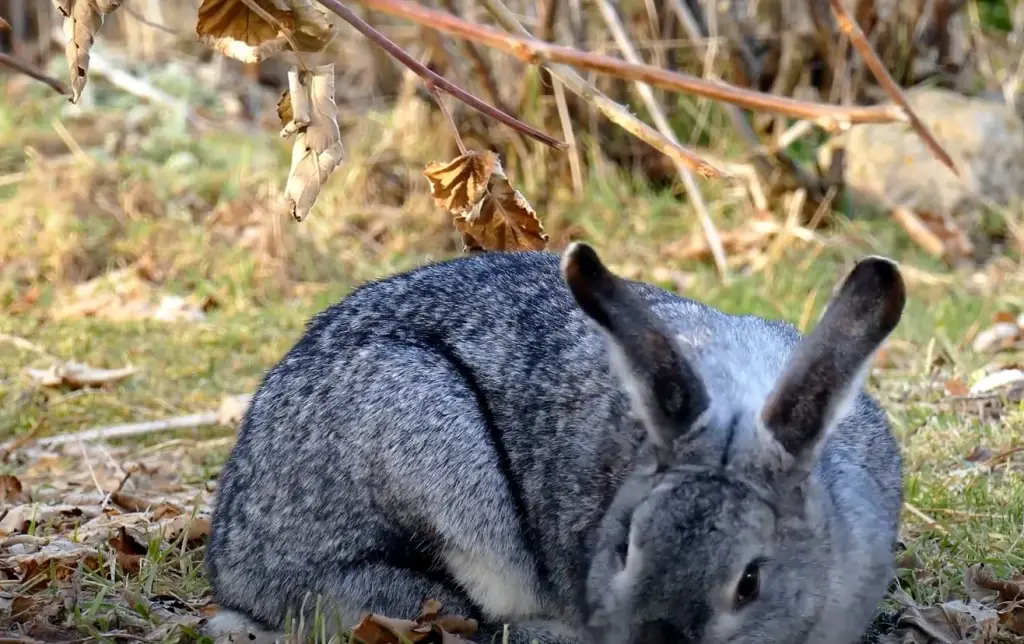
They are herbivores, so they prefer to feed on grasses and leaves rather than wood.However, when food is scarce or a rabbit is particularly hungry, it will start to nibble at any wood within reach.[1]
Porcupines
Porcupines are the most notorious wood-eaters in our gardens. They have large, sharp quills that can cause serious injury if handled incorrectly. Porcupines also like to gnaw on tree bark and shrubs, leaving behind unsightly marks and creating weak spots in the wood. Additionally, they may strip off the entire bark of a branch or tree trunk, leading to its eventual death.[3]
Paper Wasps
Paper wasps are one of the most common wood-eating animals in gardens. These creatures typically feed on a variety of insects, which they find by searching through dead wood and rotting tree stumps. They also enjoy eating sugary substances such as fruits and nectar. Paper wasps can be identified by their slender body shape and black-and-yellow coloring.
Panaque (Catfish)
One of the most common animals that eat wood in your garden is the Panaque, or Catfish. These fish feed on a variety of plant material, including wood and bark. They have tough, sharp teeth which make it easy for them to scrape off pieces of wood.
Okapi
Okapi are native to Sub-Saharan Africa and one of the most wood-consuming animals in the region. They feed on plants, leaves, grasses, shrubs, bark and even stems. They have an unusual tongue that is able to stretch out several inches from their mouths which helps them grab onto branches and foliage. For okapi, wood provides essential nutrients that are not found in other foods.
Nutria
Nutria are large, semi-aquatic rodents found throughout the United States. They have long claws that they use to dig and burrow into woody plants.
If left unchecked, nutria can cause significant damage to woody plants and trees in a garden.Moose
Moose are large animals that prefer wood as a snack. While they mostly feed on birch, pine and other softwoods, they will also eat hardwoods like oak and maple. Moose can be destructive to your garden if not discouraged from entering it. The best way to prevent damage is to keep them away by installing fencing or using deterrents such as lights or motion-activated sprinklers. [3]
Leafhoppers
Leafhoppers are small insects that feed on the sap of plants. They have needle-like mouths that they use to pierce through the plant’s surface and suck out its liquid contents. These tiny pests can cause damage to trees and shrubs by weakening them and decreasing their vigor. Fortunately, they rarely eat wood itself, so it is usually safe from their feeding habits.
Katydid
Katydids are small insects that feed on woody plants, especially shrubs and trees. They chew away at the outer layers of bark to get to the juicy inner layer. Katydids can cause serious damage if left unchecked, so it’s important to take steps to protect your plants from them.
To keep katydids out of your garden, regularly inspect plants to make sure the bark isn’t being damaged. You can also use organic insecticides to help get rid of them if necessary.
Horntails
Horntails are a type of wood-boring wasp that feed on dead or decaying wood. They burrow into the surface of the wood, creating tunnels and galleries that can weaken or even destroy trees and other garden plants. To get rid of horntails, you’ll need to remove any infested wood from your garden and replace it with fresh material.
Gribbles
Gribbles are small crustaceans, related to woodlice and shrimps. They feed on decaying wood and can cause damage by boring into tree trunks and branches. Gribbles usually live in moist areas, so it’s important to keep the area around your plants dry to discourage them from taking up residence.
Giraffe
Giraffes are a common sight in gardens. They use their long necks to reach high branches and enjoy the sweet, succulent leaves found there. But they also have a taste for wood – specifically, dead branches from trees. Giraffes will sometimes strip away bark or chew on wooden posts or fences if given the chance.
Deer
Deer are one of the most common animals that eat wood in gardens. They will nibble on small twigs and branches, but they can also damage trees and shrubs if their appetite isn’t satisfied elsewhere.
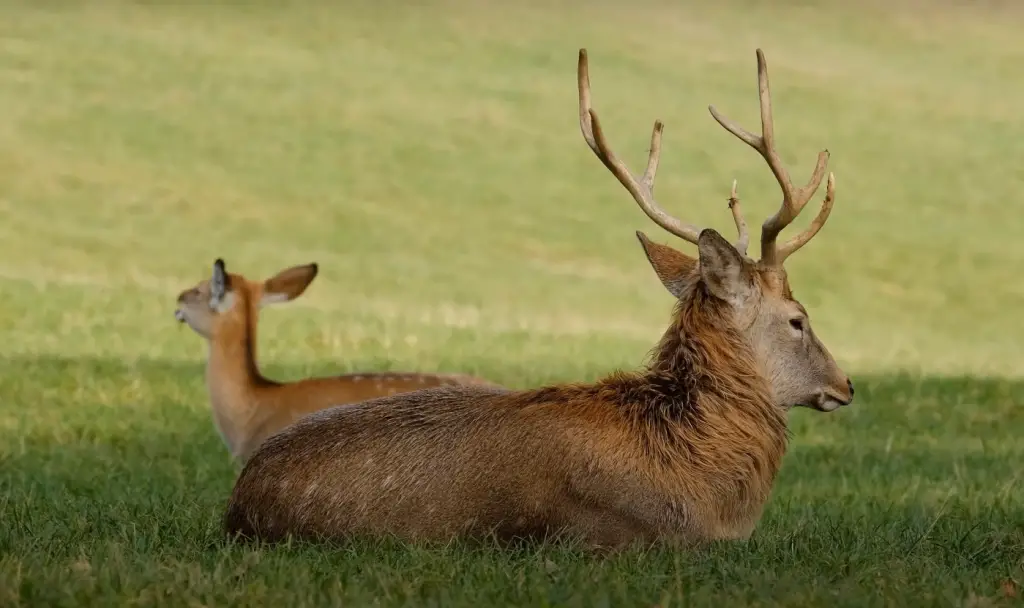
To deter deer from eating your wooden plants, build a fence around your garden or install motion-activated lights to scare them away. You can also apply a deer repellent to deter them from coming back.[2]
Carpenter Moths
Carpenter moths, also known as wood borers or longhorn beetles, are one of the most common animals that eat wood in gardens. They get their name from their ability to bore through wood and create tunnels for themselves to live in. Carpenter moths lay their eggs directly into the wood, where they will hatch into larvae and start eating it.
To get rid of carpenter moths, make sure to keep your wood dry and away from sources of moisture. You can also use insecticide sprays or dusting powder to protect your wooden structures.
Carpenter Bees
Carpenter bees are large, black and yellow bees that love to bore into wood. They can do serious damage if left unchecked, so it’s important to take steps to prevent them from entering your garden. Carpenter bee traps are a great way to catch these wood eaters before they enter your garden or home. If you already have an infestation, you may need to use a professional exterminator to get rid of them.
Camels
Camels are the most notorious offenders when it comes to eating wood. These animals can easily strip away bark from trees and shrubs, leaving them vulnerable to disease and pests. To protect your plants from camels, fence off areas where they might be tempted to munch on some of the greenery.[2]
Beavers
Beavers are one of the most notorious wood-eating animals in gardens.
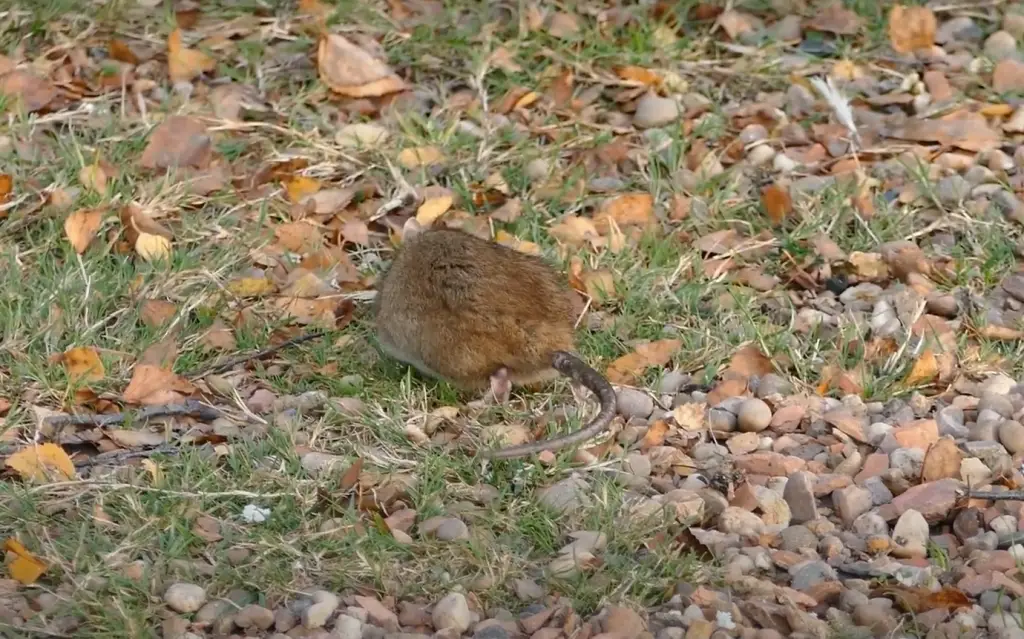
They have long, sharp incisors that they use to gnaw through trees and shrubs. Beavers usually start by consuming small twigs and branches, but if left unchecked they can quickly move on to larger pieces of wood like tree trunks and logs.
Bark Beetles
Bark beetles are one of the most common animals that feed on wood. These small insects can tunnel through bark and eat it, leaving behind scattered piles of sawdust as evidence of their presence. To prevent bark beetle infestations in your garden, be sure to clear away any dead or decaying wood and prune back overly dense branches. Additionally, you can use traps and insecticides to control their population.
FAQ
Do animals use wood?
Yes, animals can use wood as a source of food or shelter. Many species of insects, like bark beetles and carpenter moths, feed on wood directly, while other animals such as giraffes and beavers will chew the bark off trees to get to the juicy inner layer. Additionally, some larger mammals like moose and deer are known to consume small twigs and branches.
What animal has the name wood in it?
The Wood Duck (Aix sponsa) is a small North American bird that has a brownish-gray body with white and green patches. Its wings are also brightly marked with iridescent greens, blues, purples, and blacks. It gets its name from the fact that it often nests in hollow trees and logs.
What animal is a xylo?
Xylo is short for Xylophagous, a term that refers to animals who feed on wood. Many species of insects and crustaceans are considered xylophagous, including bark beetles, gribbles, horntails, and katydids. Additionally, larger mammals like giraffes and beavers occasionally consume small twigs and branches.
Is Gryfaun a real animal?
No, Gryfaun is not a real animal. It is an imaginary creature created by J.K. Rowling for her Harry Potter series of books and movies. In the stories, Gryfauns are small, dragon-like creatures that feed on wood and have magical powers. They are often seen flying around Hogwarts Castle or other places in the wizarding world.
Is a coati an animal?
Yes, a coati is an animal. It is a small mammal that belongs to the raccoon family and is found in Central and South America. Coatis are omnivores, so they eat both plant matter and animals. They are also known for their love of wood – they frequently chew on twigs, branches, and logs to get at the sweet sap inside.
Can I pet a coati?
Although coati are cute and playful animals, they should not be kept as pets. They are wild animals with sharp claws and can become aggressive if provoked or scared. Additionally, their diet consists mostly of insects, small rodents, fruit, and nuts – it is best to leave them in the wild where they can find these sources of food easily.
Can a coati swim?
Yes, coatis can swim. They are excellent swimmers and can use their long tails to propel them through the water. Coatis will often take a dip in rivers or streams to cool off from the heat of the day.
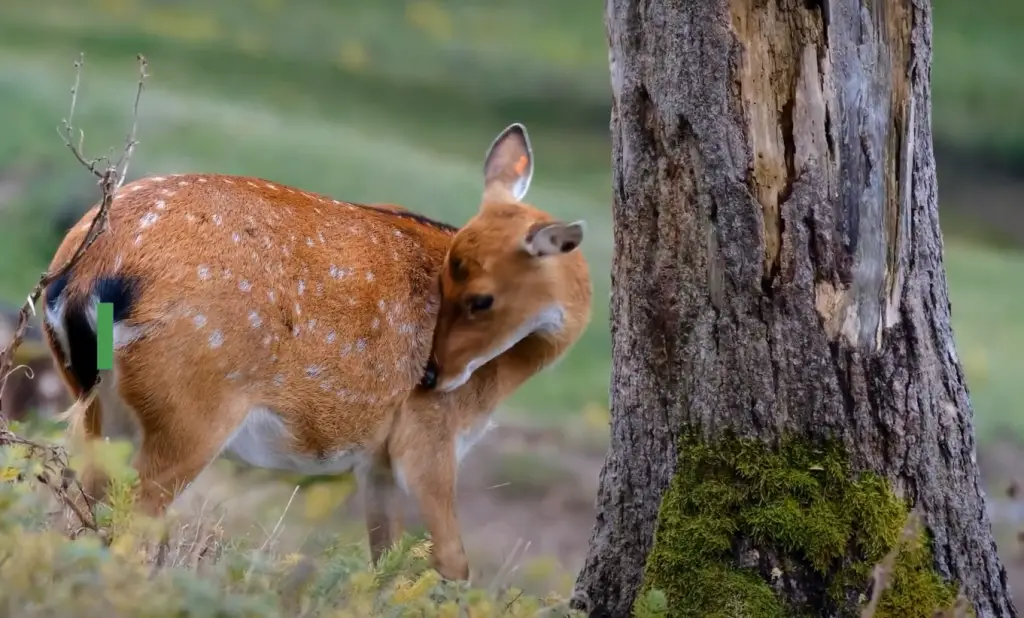
Additionally, they sometimes use the water as a way to escape predators.
Is coati a rabies?
No, coati is not a rabies. Rabies is a deadly virus that can be transmitted from animals to humans through bites or scratches. Coatis are not known to carry the rabies virus and there has never been a documented case of transmission between them and humans. However, they do have sharp claws and teeth, so it’s important to be careful if you come into contact with one.
Useful Video: What Animals Eat Eggplant Plants (and How to Stop Them!)
Conclusion
Wood is an important part of many gardens, and it’s important to protect it from animals that like to eat it. Moths, bees, camels, beavers, and bark beetles are some of the most common wood-eating animals in gardens. To keep these animals at bay, make sure to keep your wood dry and away from sources of moisture. Additionally, you can use insecticide sprays or dusting powder to protect your wooden structures.
In addition, be sure to do your research before bringing any wild animal into your garden as a pet – many animals like coatis should not be kept as pets and will find it difficult to adjust to a life in captivity. By following these tips, you can ensure that your wooden structures and plants remain intact and protected.
Finally, it’s important to stay alert for any signs of wood-eating animals in your garden. If you notice any evidence of wood-eating, take steps to protect the plants and structures in your garden as soon as possible. Your efforts will help keep your garden safe from pests and other wood-eating animals.
References:
-
- https://www.animalquarters.com/animals-that-eat-wood/
https://www.fallsgarden.com/animals-that-eat-wood/





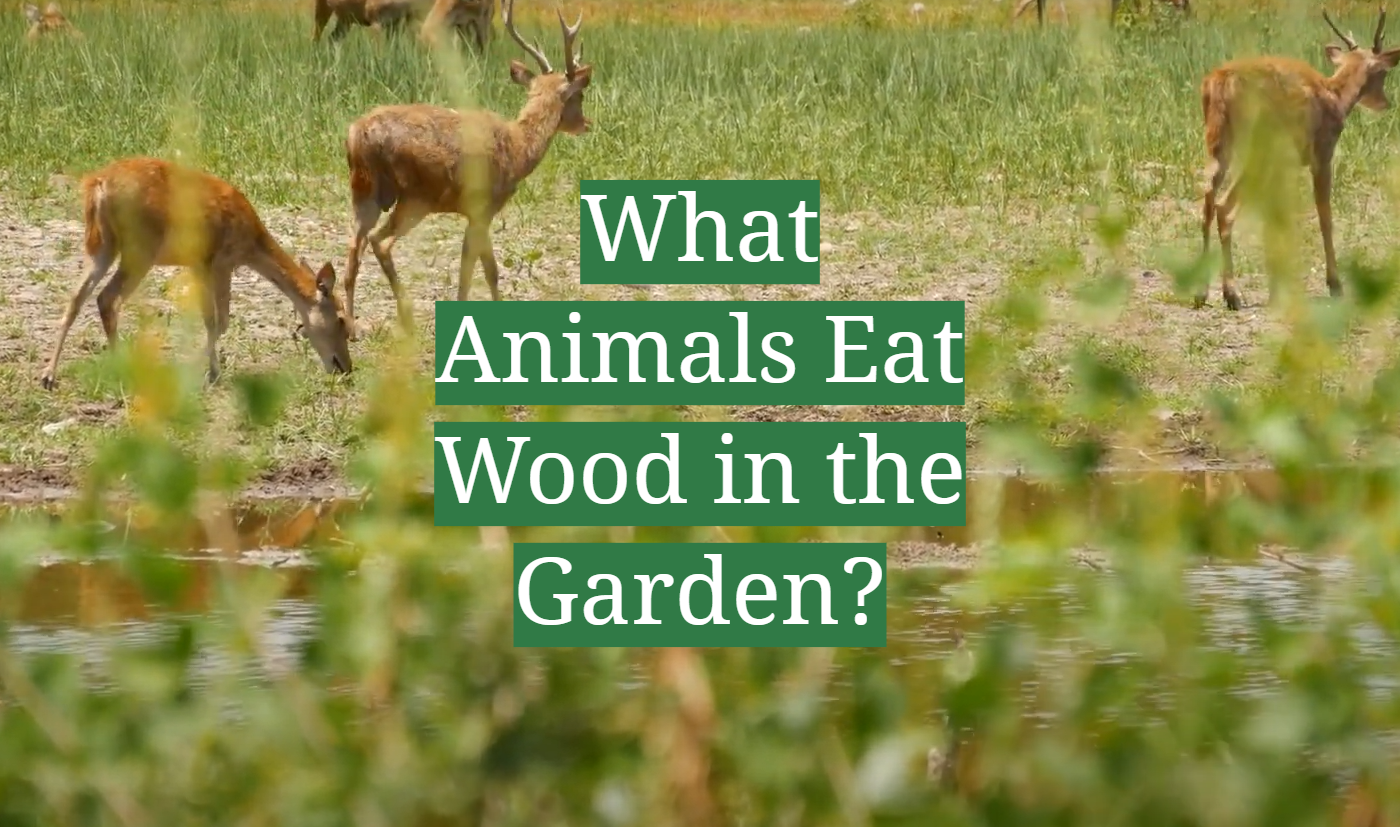




Leave a Reply
View Comments